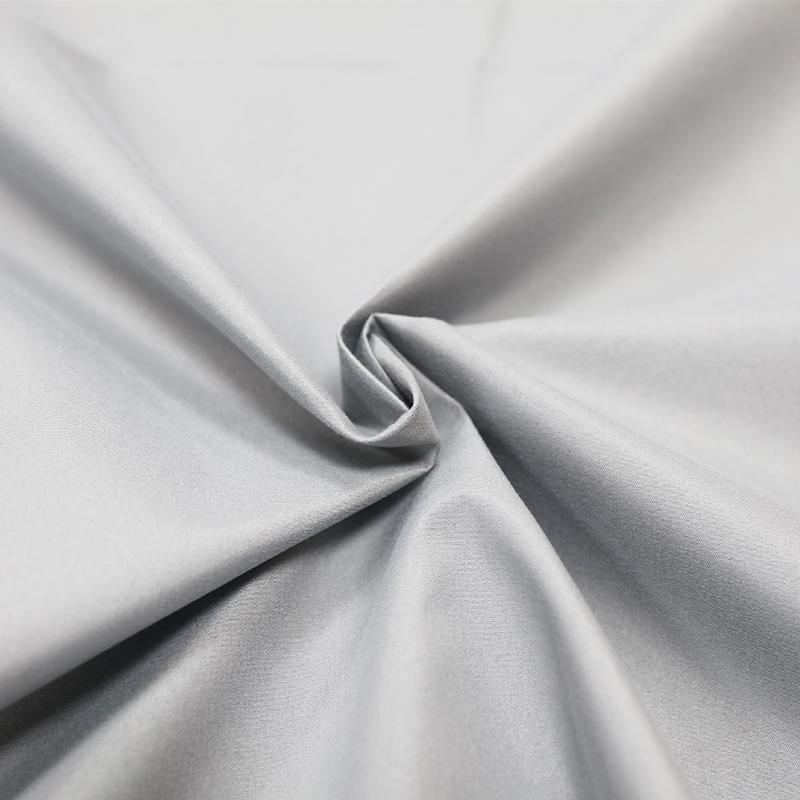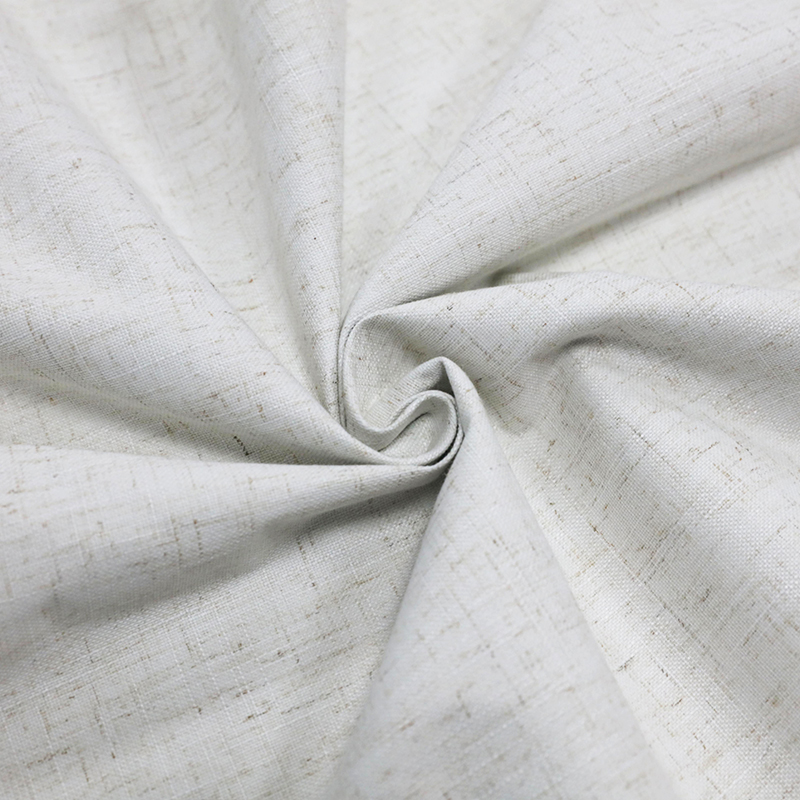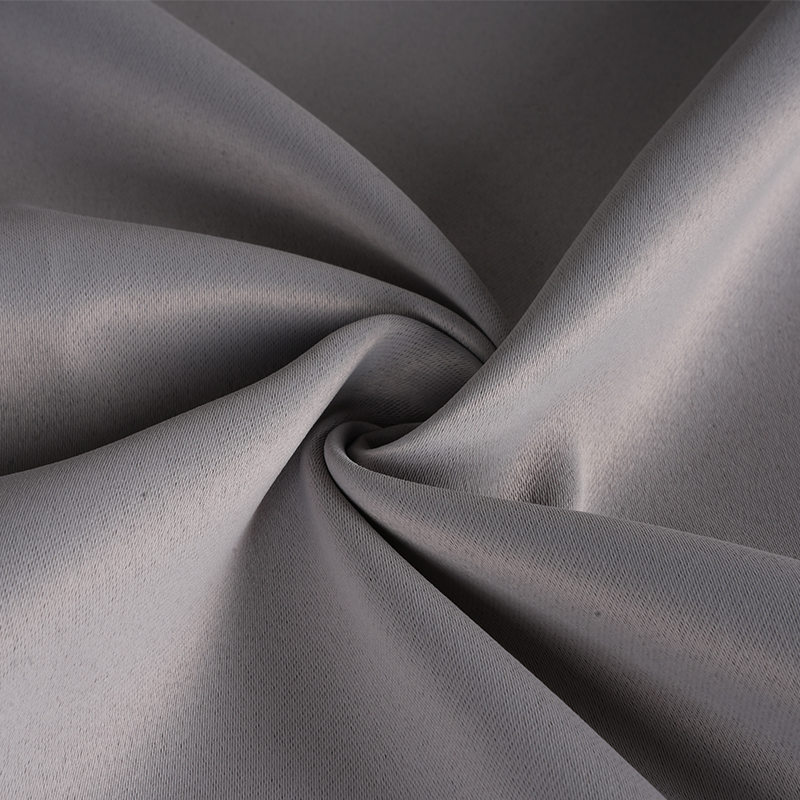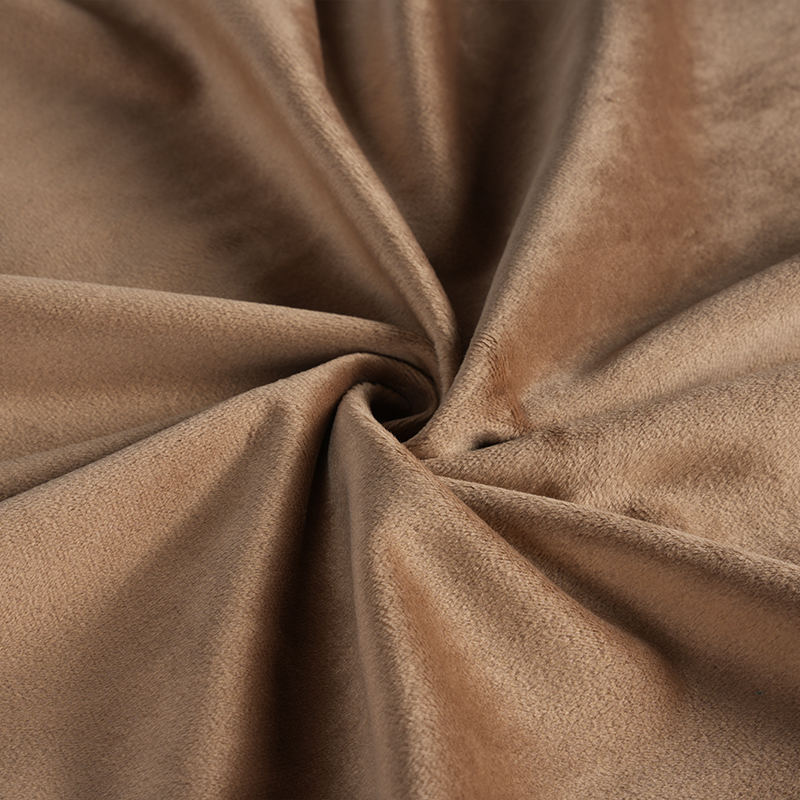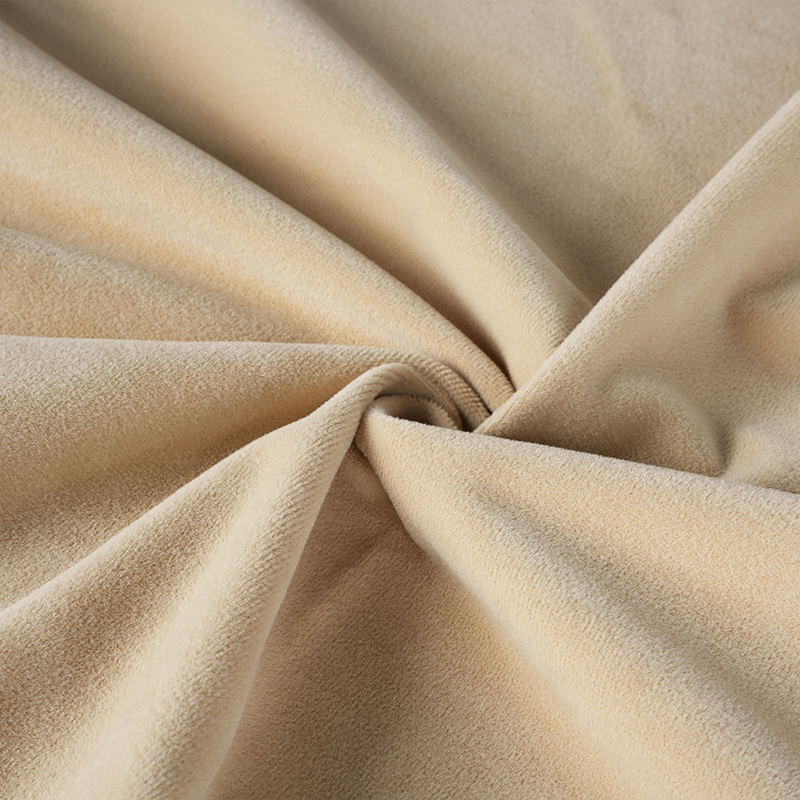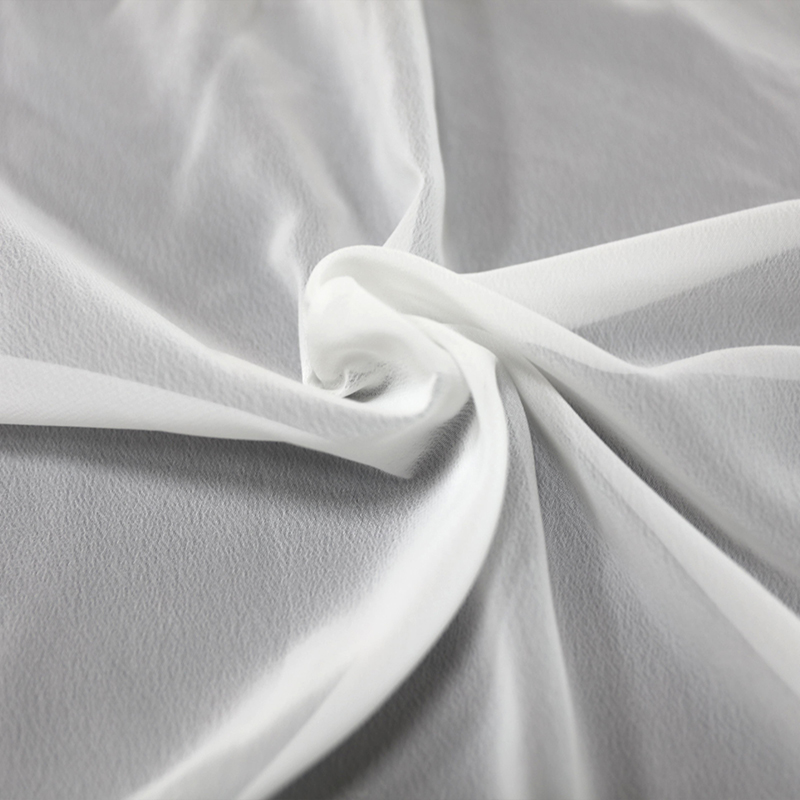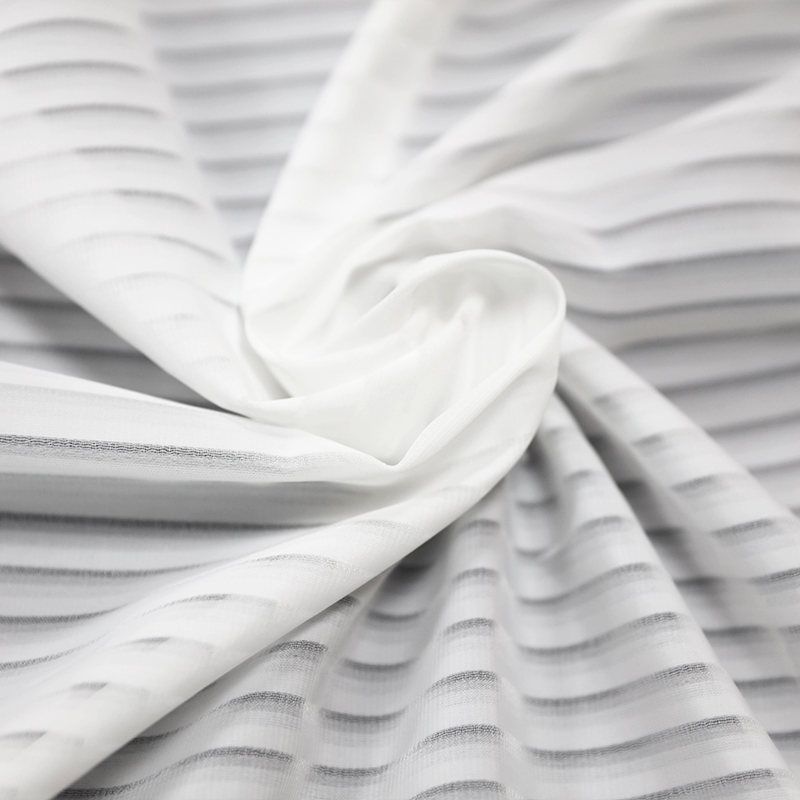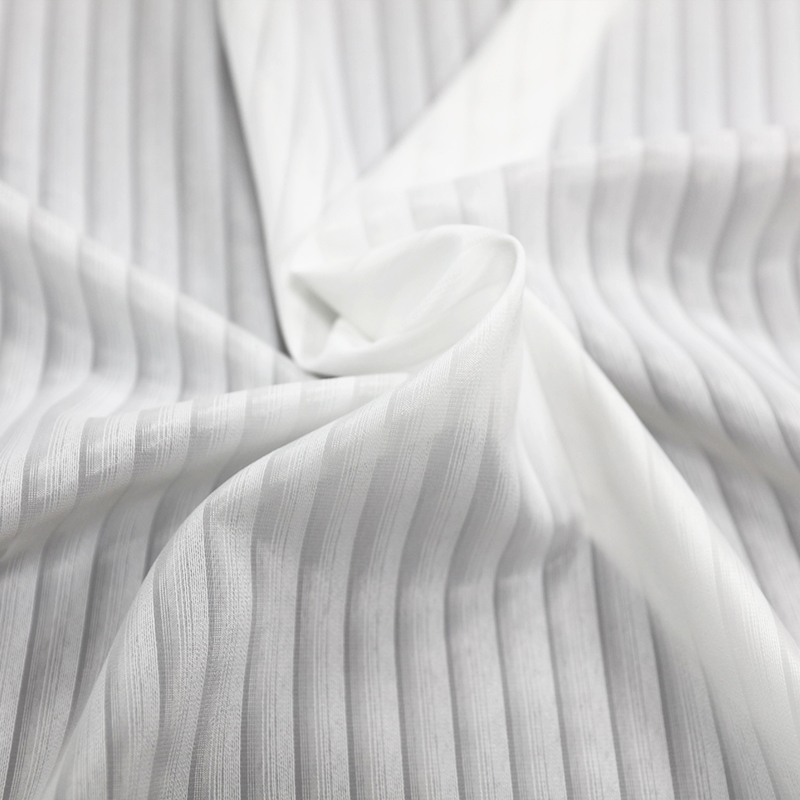-
Phone:+86-13815442820
-
E-mail:[email protected]
-
Address:Room 0415-2, Building 1, Baohui Business Building, Keqiao Street, Keqiao District, Shaoxing City, Zhejiang Province
How to Choose the Right Color and Texture of Blackout Curtain Fabric?
 2025.06.16
2025.06.16
 Industry News
Industry News
Blackout curtains are an excellent choice to block unwanted light, enhance privacy, and improve energy efficiency in any room. When selecting blackout curtain fabric, the right color and texture are essential—not only for the look but also for how well they perform.
1. Consider Your Room’s Lighting and Purpose
Choosing the right color starts with understanding your room’s lighting and what you want the curtains to achieve.
Color Impact on Light Blocking:
Dark colors like deep navy, charcoal gray, or black naturally absorb more light and can enhance the blackout effect by preventing light reflection inside the room. This is why most blackout curtains are designed with darker shades on the lining or back side. Fabric weave and thickness are also key factors. Some lighter colors such as creamy whites or soft grays can still effectively block light if the fabric is densely woven or layered with a blackout lining.
Room Purpose:
Think about the function of the room. Bedrooms and home theaters benefit from darker colors because they create a cozy, dark environment ideal for sleep or screen viewing. On the other hand, living rooms, dining areas, or kitchens often benefit from lighter colors that maintain a bright and airy atmosphere while still blocking glare and heat.
Natural Light Considerations:
If your room receives harsh afternoon sun, a darker curtain fabric may be more effective at minimizing glare and UV damage to furniture. For rooms with less direct sunlight, a medium or lighter shade might be sufficient.
2. Match or Complement Your Interior Decor
Curtains are not only functional but also a major design element in a room, so color choices should harmonize with your existing decor.
Color Harmony:
For a cohesive look, select curtain colors that blend with your wall paint, furniture, or rugs. For example, if your walls are a soft beige, cream or taupe blackout curtains can create a seamless look. For a more dynamic feel, choose a color that contrasts with your walls, like bold teal curtains against light gray walls, adding a striking visual statement.
Current Trends and Timeless Styles:
Neutral tones such as beige, gray, charcoal, or muted pastels remain popular due to their versatility—they adapt well as your decor changes. Bright or bold colors (reds, blues, greens) can add personality but might limit future redecorating options. Patterns or textures can also bring interest but check if the blackout effect remains strong with printed or embroidered fabrics.
Room Size and Color Perception:
Lighter curtain colors can make small rooms feel more spacious and open, while dark colors can add warmth and coziness but may visually shrink the space.
3. Think About Texture for Style and Function
The fabric’s texture affects both the aesthetic feel and practical performance of your blackout curtains.
Smooth vs. Textured Fabrics:
Smooth fabrics, like polyester blends or microfiber, tend to have a sleek, modern appearance and are often easier to maintain. They reflect less dust and clean up easily with gentle washing or spot cleaning. Textured fabrics, such as velvet, linen blends, or woven jacquards, provide depth and a luxurious feel, making them ideal for formal living rooms or bedrooms. However, textured fabrics may trap dust and require more frequent cleaning.
Thermal Insulation:
Textured, thicker fabrics usually have better insulating properties. This means they can keep your room warmer in winter by reducing heat loss through windows and cooler in summer by blocking heat from sunlight. If energy efficiency is important to you, consider blackout fabrics with a heavy weave or thermal lining.
Sound Absorption:
Heavier, textured blackout curtains can also help reduce outside noise, creating a quieter and more peaceful environment—especially useful if you live in a noisy urban area.
4. Practical Considerations
Besides color and texture, think about day-to-day usage and maintenance.
Ease of Cleaning:
Some blackout curtain fabrics are machine washable, while others require dry cleaning. Smooth polyester or synthetic blends are typically easier to clean, while delicate textured fabrics (like velvet) may need special care. Check the manufacturer’s instructions before purchasing.
Durability and Fading Resistance:
Since curtains are exposed to sunlight, UV resistance is important to prevent fading and fabric degradation. Look for blackout fabrics treated with UV inhibitors or made from synthetic fibers that hold color better over time.
Allergies and Health:
Consider hypoallergenic materials if you or your family members have allergies. Some blackout fabrics are designed to resist dust mites and mold, promoting healthier indoor air.
5. Sample and Test
Before buying full curtains or yardage, testing samples is crucial.
Order Fabric Swatches:
Many retailers offer swatches you can order or pick up. Place these swatches against your wall and observe them at different times of the day to see how natural and artificial light affects the color and texture.
Try Temporary Installation:
If possible, hang sample curtains to check their look and blackout performance firsthand. This step can prevent costly mistakes and ensure you love your choice once installed.
Consider Layering:
Sometimes combining sheer curtains with blackout curtains offers both style and versatility—allowing light in when desired and blocking it out completely when needed.

 English
English Español
Español عربى
عربى